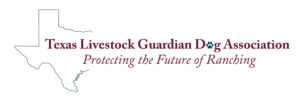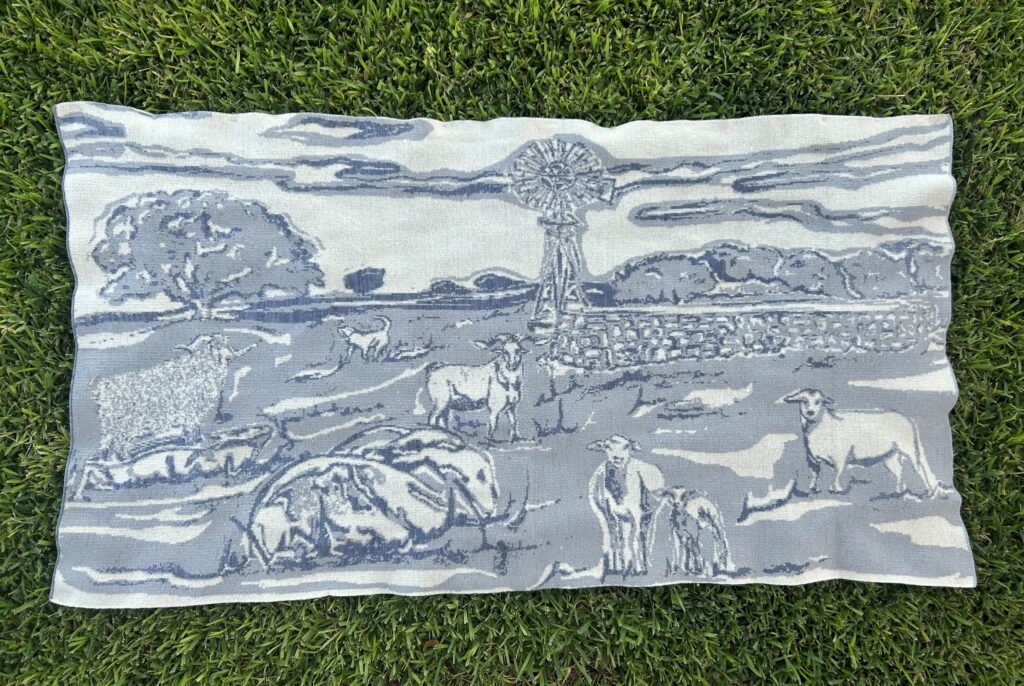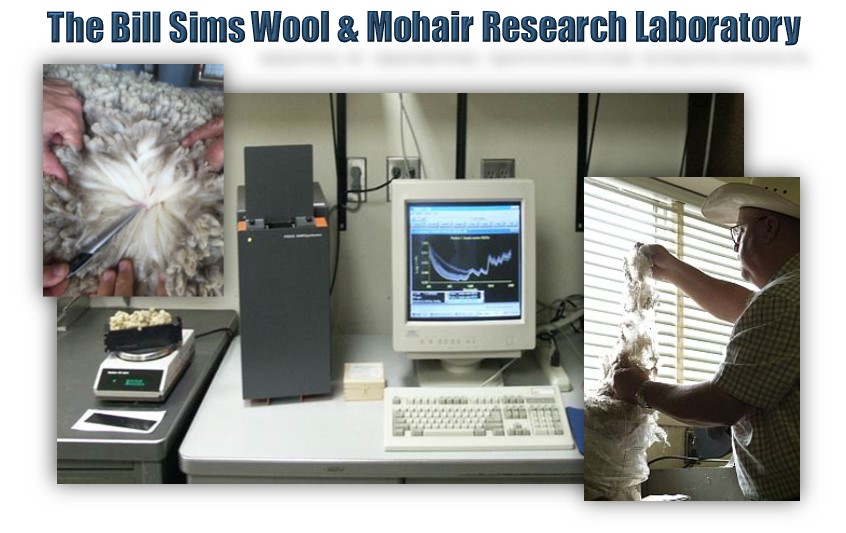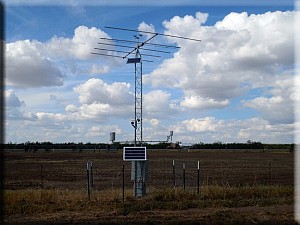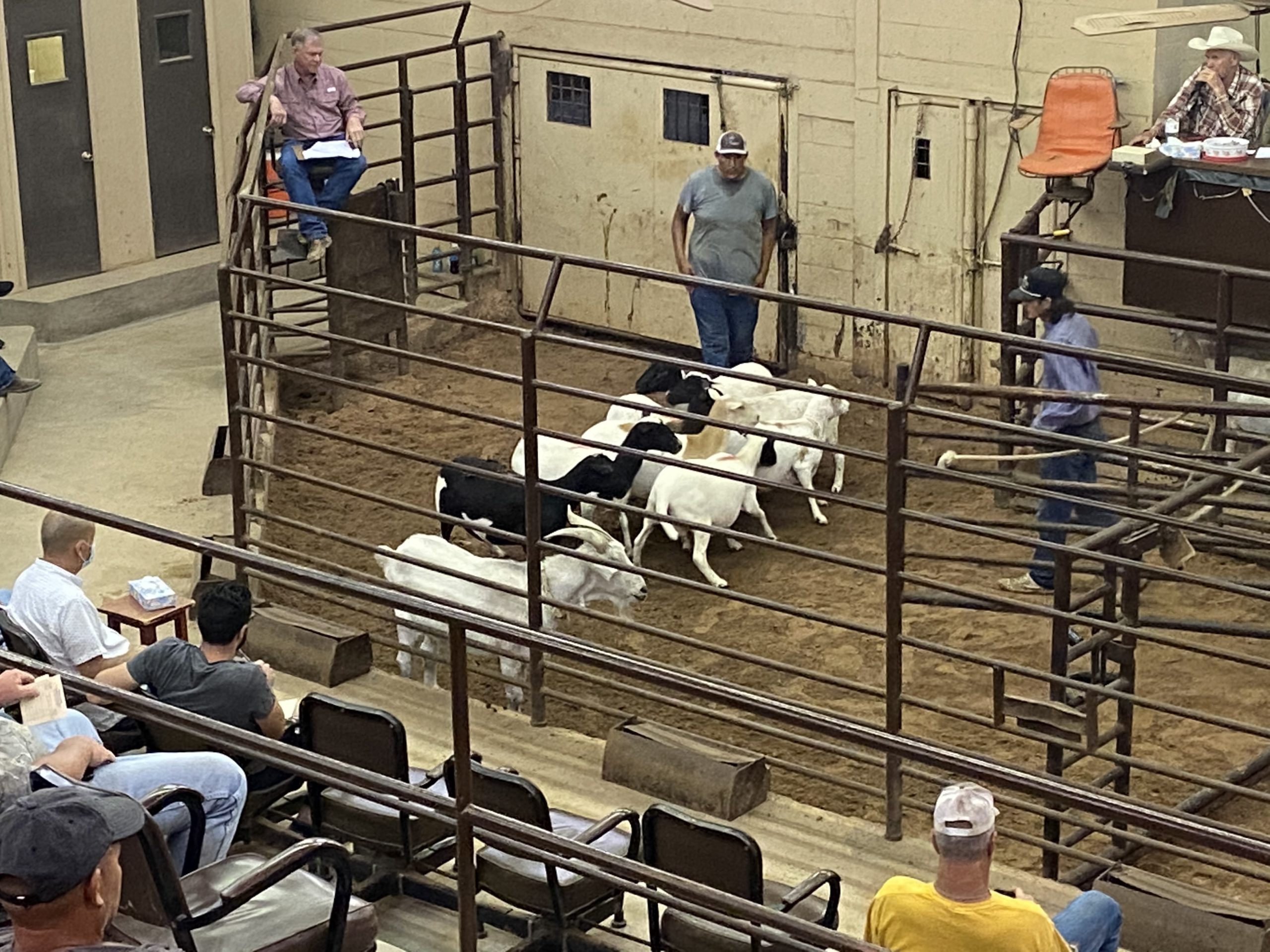AgriLife LGD Program Update
For 2022 we will be adding a spring and fall field day back into our schedule. They will replace some of our LGD webinars. The webinars will be held twice a year, rather than every other month next year. If you have topics that you would like to hear discussed please contact me at bill.costanzo@ag.tamu.edu. We are currently working on locations for the spring field day. Check out our Facebook page for more information on upcoming events.
On Thursday, Feb. 17, 2022 at 3 p.m. we will be presenting our next webinar in the LGD series. You can register for the Zoom presentation on our Facebook page by clicking on the blue “Go to Link” button or on the AgriLife Center’s website under the events section. The webinar will also be broadcast live on Facebook. In addition, the video will be recorded and posted to our YouTube Channel.
We are in the process of locating puppies and producers for the National Sheep Industry Improvement Center, NSIIC, grant. It will measure the success rate of 16 LGDs on large operations with varying styles of bonding protocols. Two to four LGDs will be placed on ranches as either weaned pups or as bonded adolescents. The dogs will be equipped with GPS trackers once released from the bonding pens. The dogs will be monitored for approximately 2 years. The project will focus on large scale sheep operations. Stay tuned for the updates of this research effort.
LGDs & The Bonding Project
Thelma and Doc are still roaming with Johnny from time to time. They seem to follow trucks as they leave the ranch through one specific gate. Hopefully as they get closer to being 18 months of age they will start to grow out of this behavior. Thor continues to roam also, but it is not far from his stock anymore. He regularly patrols the adjacent pastures at the AgriLife Center. Johnny has healed up well from his injuries in October and is back guarding his sheep with the two yearling dogs. Laverne and Louise are doing well with a cooperating
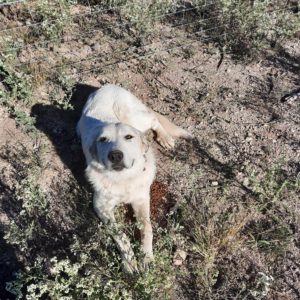
Louise waiting for her tracking collar batteries to be changed. (Texas A&M AgriLife photo courtesy Costanzo 2021)
producer.
Dog #1 has also returned to his guarding duties in Menard. He put weigh back on quickly and was taken back to his goats in early November. Dog #2 is still at the AgriLife Center. He acquired an eye infection and is still under conditioned for his size. Dog #2 is slowly putting weight back on. He was treated twice with antibiotics for the eye infection. It was discovered that since he had lost so much weight from the Ehrlichiosis that it caused Entropion to occur in his right eye.
While Entropion is commonly seen in young sheep and goats, according to our vet it can happen in most animals. The vet operated on Dog #2 and add a few sutures to the eye lid to keep it from rolling inward until he gains enough body condition back. It will be a few months before he can return to Menard.
Miley is doing better from spear grass sores in her rear leg. She was taken back to Menard after being at the Center for several months. Miley has quickly taken on her old duties as the lead dog with the sheep. We hope that her presence will keep the younger dogs from roaming as much as they have been.
LGD Breeds: Which is Best?
We received several questions from producers about breeds and which breeds are best recently for their operation. There isn’t much research available on breeds and/or what breed is best for a particular situation. There are a couple research projects from the 1980’s and 1990’s that suggest some breeds may have different tendencies over others. More research on LGDs needs to be completed. Researchers can’t currently say with any certainty, what LGD breeds are better suited than others for a specific type of ranching operation.
Producers should find a reputable breeder in their vicinity that breeds dogs that fit their operation. If the ranch is in an area that is hot, a short haired breed like Akbash or Anatolian Shepherd might be a good choice. Likewise, if the operation is in cooler climates, longer haired dogs like Maremmas may be better. Some breeds, based on research from the 1980’s and 1990’s, such as Komondors tended to be more aggressive towards humans. While others such as Akbash and Maremma tended to be more aggressive towards other dogs. Great Pyrenees and Anatolian Shepherd received higher scores on effectiveness. While Maremmas tended to stay with the herds more than other breeds.
In one study, Akbash tended to be more playful and hurt more lambs than other breeds. However, several of these projects were only surveys from producers which tend to be based on observations rather than scientific study. At this point there is not enough research-based evidence to make a strong decision for a specific breed of LGD for a ranch operation.
If you enjoyed this monthly LGD blog, please don’t forget to subscribe to it with this link The Guardian Way | Texas A&M AgriLife Research and Extension Center at San Angelo (tamu.edu).
To provide feedback on this article or request topics for future articles, please contact me at bill.costanzo@ag.tamu.edu or 325-657-7311. The Texas A&M AgriLife Livestock Guardian Dog Program is a cooperative effort by Texas A&M AgriLife Research and the Texas Sheep and Goat Predator Management Board. Make sure to follow us on our social media sites and share them with your friends and family!
Facebook: https://www.facebook.com/TAMUlivestockguarddog/
Instagram: @tamulivestockguarddog
YouTube: https://www.youtube.com/channel/UCF7YbP6bNDV7___6H8mifBA
Don’t forget to check out the Texas LGD Association on online! Follow the organization at https://www.facebook.com/TexasLGDAssociation or check out their website!


